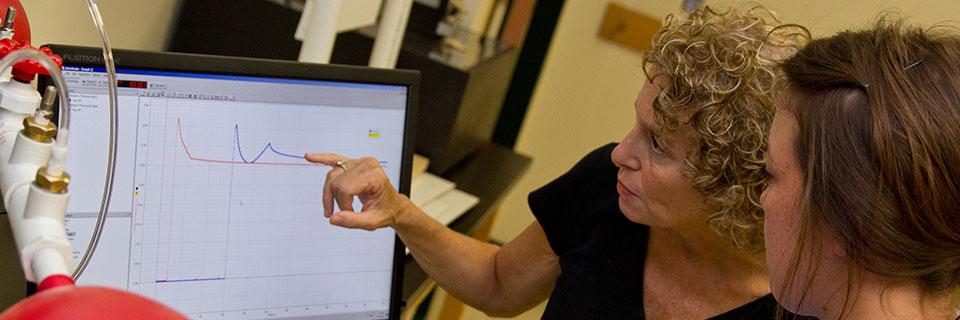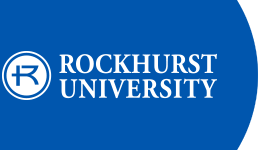With Pioneering Program, Professor Helps Write New Physics Curriculum as Part of NSF Grant

Around the beginning of the recent summer break, Nancy Donaldson, Ph.D., professor of physics, got an unexpected email.
It was from Galen Pickett, Ph.D., a professor in the department of physics and astronomy at California State University Long Beach, regarding some statistics that he stumbled across in the federal Integrated Postsecondary Education Data System database. Pickett had a connection to Rockhurst — his father is an alumnus — so while picking through higher education data to research trends in physics education, the name jumped out at him.
Rockhurst, it turns out, was No. 7 nationally in the number of students who declare physics as their second major, and No. 1 for the number of female students whose second major is physics. For Donaldson, the information was welcome, if not totally unexpected, news.
“I was thrilled,” she said. “I knew we had the students, but we didn’t have the stats.”
It hadn’t come totally out of the blue. About 10 years ago, Donaldson developed the physics of medicine degree, a new kind of program for teaching physics at Rockhurst University. The goal was to deepen students’ understanding of physics with curriculum relevant to their interest in medicine and health care and, in the process, make physics accessible, applicable and relatable to students outside of a physics Ph.D. pathway. In 2012, Donaldson collaborated with a faculty member from the University of Loyola Maryland, another Jesuit University, to apply for and receive a National Science Foundation grant to design an active-learning physics of medicine curriculum. The curriculum has since won three national awards.
“It’s about teaching this wonderful subject where the students want to go,” she said. “Physics allows students to understand things like the difference in imaging/therapy applications of a CT, an MRI and nuclear medicine, vision and vision defects, endoscopic surgery, laser therapy, pressure/volume in the heart and lungs, formation of an aneurysm and respiratory distress syndrome. Physics of medicine focuses on the kind of critical reasoning skills that really benefit students entering medical school or graduate healthcare programs. And I think it’s pretty fun.”
As it turns out, physics of medicine — an upper division physics program designed for students who want to attend medical or health care graduate programs — was also an idea that was a little ahead of its time.
“I think our physics of medicine program makes Rockhurst unique,” Donaldson said.
When Rockhurst first launched its physics of medicine program, Donaldson said there were nine students enrolled. Now, there are 51 and about 60 percent of them are female. Donaldson said she’s happy with the way the program has been able to grow, the students it has been able to attract, and the skills it is teaching.
Today, physics for life science students has grown into a much bigger push nationally — currently, Donaldson is part of a small team of other faculty from large institutions across the country using the principles of the existing physics of medicine coursework as part of a new National Science Foundation grant through the American Association of Physics Teachers. The current NSF grant will develop an online portal of resources and modules to help educators and institutions adopt similar approaches in their physics curriculum.
It’s some extra work, but Donaldson said she’s excited for the physics growth in this area — and faculty and students will benefit from sharing open-sourced, vetted curricular resources. It’s an opportunity to share something with students across the nation that has been both a very successful program at Rockhurst and a very personal one for her.
“I get excited to learn how things work, especially the human body,” Donaldson said. “But both when I was in school and at the time we started working on the physics of medicine curriculum, a lot of physics instruction was targeted at future physics Ph.D.s. I think we created the program that I would have loved to have had when I was an undergraduate.”







